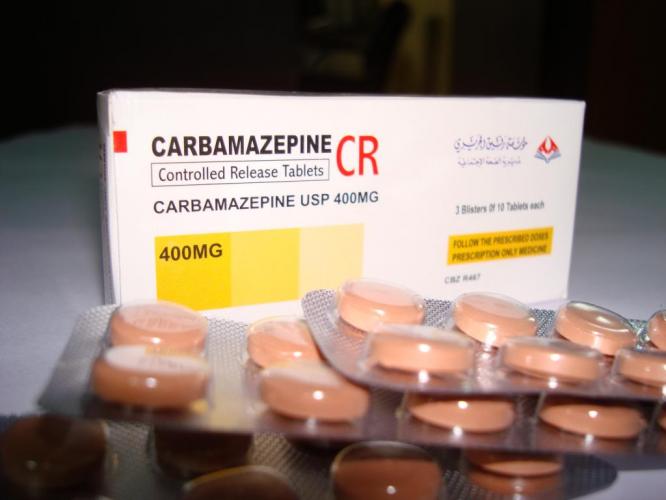7(A). Chemical restraints
Old drugs such as Chlorpromazine and Carbamazepine were widely used as sedatives for dealing with agitation displayed by patients. These drugs should be considered as restraints. In emergency situations when an agitated person is given sedative medication in order to calm him or her down the intention is to restrain their behaviour. Medication is used to manage chronic patients deemed “bothersome”, for example, those who take other patients’ cigarettes, or who are otherwise agitated or restless. In these cases sedatives are frequently applied for extended periods of time, with staff sometimes relying on the justification of protecting other patients. Using chemical restraints also conveniently relieves staff of the burden of monitoring people placed in cage beds, straps or seclusion rooms.
Directors of several of the psychiatric institutions visited, supported by the psychiatrists who work in them, considered MDAC’s framing of medication as restraint as offensive or at least eccentric.78 Several doctors told us that drugs used for chemical restraint are “part of continuous treatment for mental illness”. Medication “is not seen as abuse in this country,” asserted one psychiatrist.
Klatovy Hospital has a policy on sedatives. If sedation is used in the non-psychiatric parts of the hospital, it is recorded as a restraint. If used on the psychiatric ward it does not need to be recorded as a restraint, as it is considered regular “treatment”. A doctor at Dobřany Psychiatric Hospital suggested that chemical restraints are not recorded as such because they help the person “to calm down, and the doses are not that high, and medication is often given at the same time as [other] restrictions, which are registered.” MDAC observed that sedatives are frequently used in combination with strapping and/or cage beds. The majority of patients, however, are medicated without being strapped or placed in a cage bed. Medications are often the first-line restraint/treatment option.
A particularly alarming practice was observed at Opařany Children’s Psychiatric Hospital. There, the director told MDAC that clozapine (Leponex) is sometimes used (two or three times during 2012), but the hospital does not carry out routine blood tests – essential as clozapine can cause neutropenia which is potentially fatal.79 The director said that bloods were screened on arrival, but subsequent testing depended on the initial results. This made no sense as it is widely accepted medical practice that there should be routine blood tests at least monthly, if not more frequently, where clozapine is in use.
MDAC heard many examples of sedatives being injected into patients following “incidents” on the wards. A female patient at Opava Psychiatric Hospital recalled a fight between two patients. As the nurses stopped them they “used an injection and put the patients in a room on their own.” Sometimes nurses strapped patients to make it easier for them to administer an injection. A nurse told MDAC that the strapping remained in place “just for an hour”, which means that straps are not just used to hold the person down in order to administer an injection, but that patients remain needlessly strapped even after this has been given.
Patients complained about a variety of medication-related topics. Several said that sedatives were often unnecessary. A female patient at Kosmonosy Psychiatric Hospital told MDAC that police officers had watched her being injected on admission to the hospital. She felt the injection was unnecessary as she was not distressed. A young man, no more than 20 years of age at Opava Psychiatric Hospital, told MDAC that he had been given an injection on admission, and other medications since then (he did not know what they were or – even more worryingly – what they were for). Another young man on the same ward said that he too did not know what medications he was taking. He described being forced to sit down in a chair and being made to swallow pills. A male patient in his early 50s at Kosmonosy Psychiatric Hospital said that he was injected every time he was put into straps, and that afterwards he feels sleepy and then his head spins and he has to kneel down before passing out.
 Photo: tajpharmaceuticals.com
Photo: tajpharmaceuticals.com
78 However, note that neighbouring Austria has legislation outlining the definition and registration requirement for chemical restraints – see supra note 15.
79 ‘Neutropenia’ is the medical term describing a significant depletion of white blood cells which can result from usage of Clozapine. It damages the ability of the immune system to respond to bacterial or fungal infection and, in serious cases, can be fatal.

